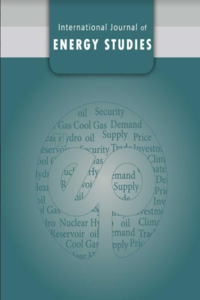
It is estimated that the oil will be sufficient for us for a couple of generations of humanity. Forbes Magazine estimates we will run out of it between 2055 and 2070 (How Much Oil Does the World Have Left, 2015). Also, in an International Business Times a more specific date is given i.e. 2067 (World Energy Day 2014: How Much Oil is Left and How Long Will It Last, 2014). The numbers stand for proved reserves, of course, as new discoveries arise and technological recoverability upsurges, we may see a modification in these estimations. And for coal, the most copious among fellow fossil fuels with proved reserves of exceeding 841 billion tons, and almost 8 billion tons of it is used in the world each year (World Energy Council, 2016). World Coal Association gives a more optimistic datum on this issue stating the proven coal reserves worldwide is 892 billion tons that would last for another 110 years whereas oil and natural gas would deplete by half this time (Where is coal found, no date). In summary, it is easy to say that coal will be above and underground for many more decades to come. According to 2006 figures, Turkey’s coal reserves are 4.2 billion tons in total and 3.9 billion tons of it are subbituminous and lignite; and, 0.3 billion tons of the reserves is anthracite and bituminous (BP Statistical review of world energy June 2007, 2007). Turkey extracts 77 million tons of coal annually (Statistical Review of World Energy 2008, 2008). A more up to date shares that Turkey’s coal reserves are about 8.7 billion tons and the yearly coal production is the same as in the older report (World Energy Resources: 2013 Survey, 2013). In addition, The Ministry for Energy and Natural Resources (MENR) of Turkey states that there has a giant leap in proven lignite reserves of the country during the decade between 2005 and 2015, bringing lignite reserves from 8.3 billion tons to above 15 billion tons (MENR, 2015).

| Benzer Makaleler | Yazar | # |
|---|
| Makale | Yazar | # |
|---|